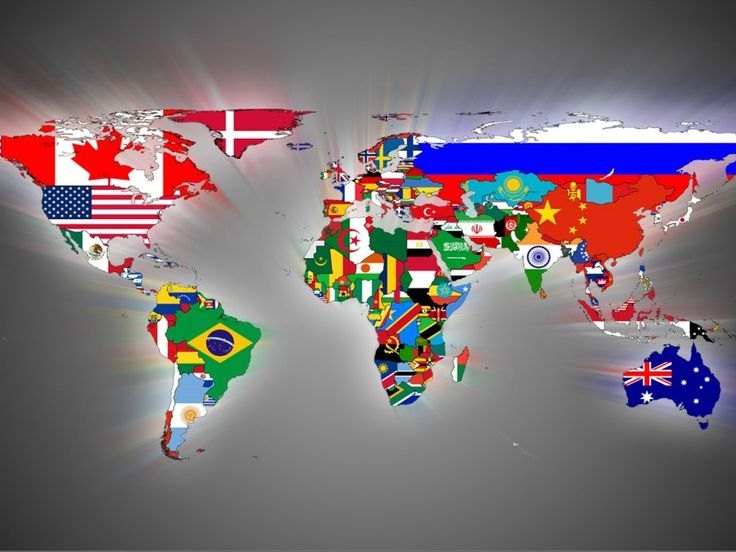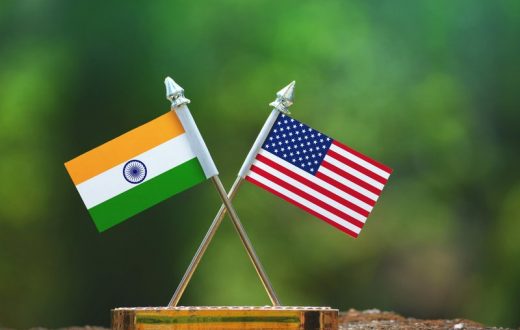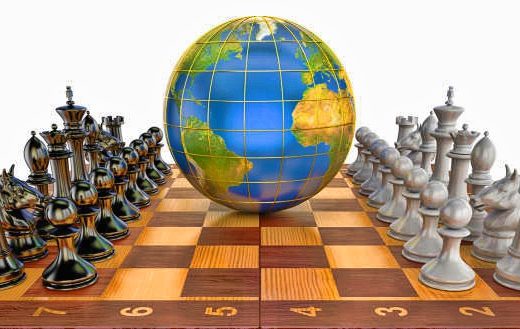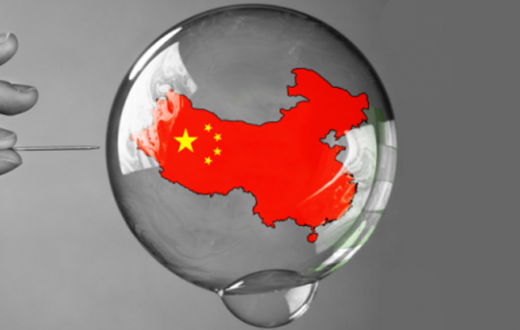At the end of the 19th century and the beginning of the 20th century, the distribution of power in the international system began to change and the world witnessed and had experienced a devastating world war; WWI.
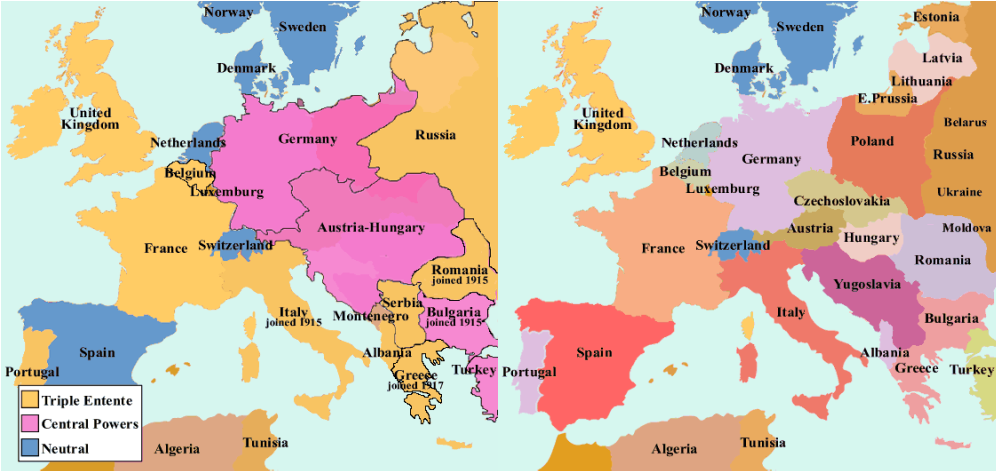
In the aftermath of this war, the then major power holders realized the need for an international body that among its major priorities was the preserving of world peace and security and preventing the International community to lapse into wars like WWI. The League of Nations was created to serve such goal. In its covenant, the primary goal was to prevent wars through collective security as well as disarmament and the settling of international disputes by negotiations and arbitration. The challenges to such a body were great as the world was moving to a new set of power distribution. The League of Nations didn’t cope with this changing environment, thereafter, it proved to be inadequate to face the challenges posed to it by the change in power distribution and the shifting of the world into a new set that its features were not so clear. As such it failed in preventing the world to head into confrontation and war.
The League of Nations was created by the mentality that ran the pre-charge in the international system and with the mechanisms that fitted the same world system; because of this it failed in its tasks and mission and one more time the world had experienced yet another devastating world war WWII resulting in the introduction of the nuclear age, and the shifting of world system from a multi-polar system to bipolar system with its poles the US and the USSR. It settled on this power distribution till the end of the 1980s.
One could best describe the years between the two world wars of I and II as a transitional phase through which the world order has shifted from one system to another. This period of transition consisted of an imbalance in the equilibrium of the distribution of power coupled with inadequate world institutions to deal with such world environment, which eventually led to WWII.
One more time world leaders realized the need for an international body to preserve world peace and security and for this end, the San Francisco conference was held and the UN Charter was agreed upon and signed. In this Charter, most of the shortcomings of the League of Nations’ covenant were remedied and addressed. Also, a new set of institutions were established to support the aim of dealing with the challenges of the post-WWII world system, including most importantly the inhibitions of the Cold War. To meet all the requirements of the new world system a sound, the strategic economic system was essential to serve the demands of this system.
Accordingly, the Breton Woods system was introduced in July 1944, it organized and managed the world monetary policies among independent nation-states and directed the world economy. Though, its negotiations were originally rooted in the 1930s in the US; during and post- the great depression as well as in the identification of the inadequacy of the then institutions to meet the requirements of that period which led to the realization for the need for a new system. That fitted the required mechanism to build post-WWII destruction as well as manage the requirements of the Cold War and run the bipolar system.
The Breton Woods system was carefully crafted and tightly built to meet the requirements of the post-WWII world system. In this system, the main power holder was the US, in fact, its foreign policy directed world affairs all through the Cold War era, whilst the campus of the US foreign policy was fighting communism and the containment policy aiming at winning the Cold War. Connected to this aim all the institutions that were created and modified including the military institution were to serve such goal, which needed a strong open economy such as that of the US provided, to support the military establishment and to serve and foster the containment policy, which eventually paid off by weakening the former USSR economy to the level that it became ineligible to run a vast country with a vast army and finally the collapse of the USSR and its ideology.
David Imoisi
About the Author: David Imoisi is a student of international relations, studying in Cyprus

